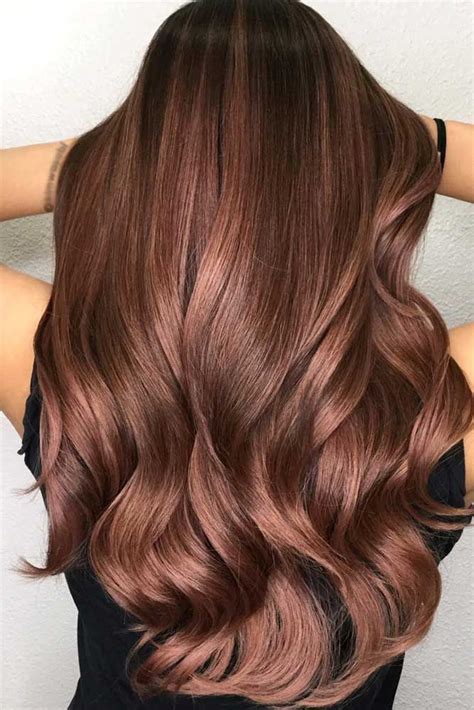Why Chestnut Colored Hair Matters
According to the National Hair Color Association, chestnut hair is one of the most popular hues among women. Its warm, earthy tones flatter various skin tones and create a sophisticated and alluring look.

Benefits of Chestnut Colored Hair
- Enhances natural warmth and radiance
- Conceals gray hairs effectively
- Pairs well with highlights and lowlights
- Creates a flattering contrast for fair or dark complexions
- Suitable for all hair textures and lengths
Choosing the Right Chestnut Shade
1. Skin Tone
- Warm skin tones: Choose warm chestnut shades with golden or copper undertones.
- Cool skin tones: Opt for cooler chestnut shades with ash or mahogany undertones.
- Neutral skin tones: Experiment with both warm and cool chestnut shades.
2. Hair Texture
- Fine hair: Lighter chestnut shades with subtle highlights create volume.
- Thick hair: Darker chestnut shades with lowlights add depth and dimension.
- Curly hair: Avoid ashy chestnut shades that can flatten curls.
3. Hairstyle
- Long hair: Opt for a chestnut balayage or ombré to add interest.
- Short hair: Full chestnut coverage creates a chic and modern look.
- Layered hair: Chestnut highlights and lowlights accentuate layers.
How to Achieve Chestnut Colored Hair
1. Professional Salon Treatment
- Permanent hair dye: Long-lasting results with minimal maintenance.
- Semi-permanent hair dye: Fades over time, allowing for more flexibility.
2. Home Hair Dye
- Follow the instructions carefully to avoid uneven color.
- Use a deep conditioner to nourish hair after dyeing.
3. Natural Hair Dye Alternatives
- Henna: Natural, long-lasting dye that conditions hair.
- Walnut shells: Simmer and apply to hair to achieve a chestnut tint.
- Coffee grounds: Brew strong coffee and rinse hair for a subtle chestnut hue.
Tips and Tricks
- Use color-protecting shampoo and conditioner to preserve color.
- Avoid excessive heat styling to prevent fading.
- Touch up roots regularly to maintain chestnut color.
- Get regular trims to remove split ends and keep hair healthy.
Step-by-Step Approach
1. Determine Your Ideal Shade
- Consult with a hairstylist or use online resources to find the best chestnut shade for your skin tone and hair texture.
2. Prepare Your Hair
- Wash hair with a clarifying shampoo to remove any product buildup.
- Deep condition to nourish hair and prevent damage.
3. Apply the Dye
- Follow the manufacturer’s instructions for applying the hair dye.
- Divide hair into sections and apply the dye evenly.
4. Process the Dye
- Leave the dye on for the specified time to allow the color to develop.
5. Rinse and Style
- Rinse hair thoroughly with cool water until the water runs clear.
- Apply conditioner to nourish hair and enhance color.
- Style as desired.
Tables
| Warm Chestnut Shades | Cool Chestnut Shades |
|---|---|
| Golden Chestnut | Ash Chestnut |
| Copper Chestnut | Mahogany Chestnut |
| Auburn Chestnut | Brown Chestnut |
| Chestnut Benefits for Different Skin Tones | Chestnut Shades for Different Hair Textures |
|---|---|
| Warm tones for warm skin | Light chestnut for fine hair |
| Cool tones for cool skin | Dark chestnut for thick hair |
| Neutral tones for all skin tones | Chestnut highlights for curly hair |
| Home Hair Dye Alternatives | Natural Hair Dye Alternatives |
|---|---|
| Box hair dye | Henna |
| Semi-permanent hair dye | Walnut shells |
| Temporary hair spray | Coffee grounds |
| Chestnut Hair Maintenance Tips | Chestnut Hair Benefits |
|---|---|
| Color-protecting shampoo and conditioner | Enhances warm, earthy tones |
| Avoid excessive heat styling | Conceals gray hairs effectively |
| Regular touch-ups | Pairs well with highlights and lowlights |
| Regular trims | Creates a flattering contrast |
